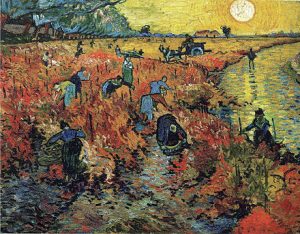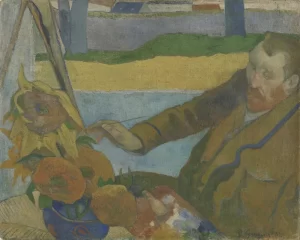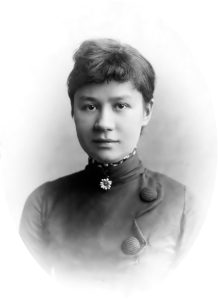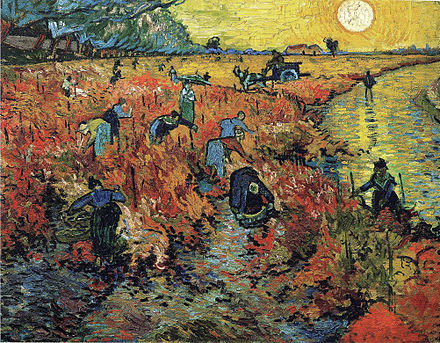Iftikar Ahmed
30th March, ON THIS DAY
“The only time I feel alive is when I’m painting.”
— Vincent Van Gogh
Dutch Painter Vincent William Van Gogh was born on March 30, 1853, in Zundert, Netherlands. His paintings’ vibrant hues, forceful brushstrokes, and curved forms had a significant impact on the Expressionism trend in modern art. Van Gogh was not well-liked during his lifetime, yet today he is among the most well-known Post-Impressionist painters.
Vincent died in melancholy. The only painter whose works have gone for more than $100 million was in his day no less than a nomad. He was ridiculed, viewed as a crack addict, and committed suicide by self-mutilation. Nonetheless, some people maintained an unwavering faith in him. His work was liked by his brother Theo and friend and physician Dr. Gachet. Vincent had financial assistance from his brother in his entire life.

Courtesy: wikipaintings
In his lifetime Vincent successfully sold his first painting to the Parisian painter and art dealer Julien Tanguy, and his brother Theo also sold another successful picture to a London gallery. The sister of Vincent’s friend Eugène Boch, Anna Boch, purchased Vincent’s 1888 painting of The Red Vineyard which was initially displayed at the Les XX annual exhibition in Brussels in 1890.
The painting was finished after Gauguin arrived in Arles and moved in with Van Gogh. Ivan Morozov later bought the artwork from a Paris art dealer in 1909. The painting was later nationalised by the Bolsheviks after the Russian Revolution and eventually transferred to Moscow’s Pushkin State Museum of Fine Arts, where it is now on display.

Courtesy: wikipaintings
For many years, people have viewed Vincent Van Gogh as the archetypal great artist who suffered from starvation and lack of appreciation during his lifetime. Nevertheless, this ignores the critically important fact that he passed away in 1890 at the age of just 37. Yet only six months later, his brother Theo, who worked hard to advance him, passed away. This unfortunate man had very little chance of becoming well-known. And the fact that he managed to complete the work he did in the little time he had is truly amazing.

Courtesy: Woodbury & Page
After the death of the brothers almost 200 paintings were inherited by Theo’s Widow Jo van Van Gogh-Bonger. She was intelligent and hardworking, and she had kids to take care of. She started lending the pieces to prominent critics, collectors, and dealers. She staged 20 exhibitions of the work from 1892-1900. She offered dealers who could sell the artwork or install it in museums commissions of 10–15 per cent. In the art world, a determined partner—typically a woman— in charge of “building” an artist’s career is noteworthy





